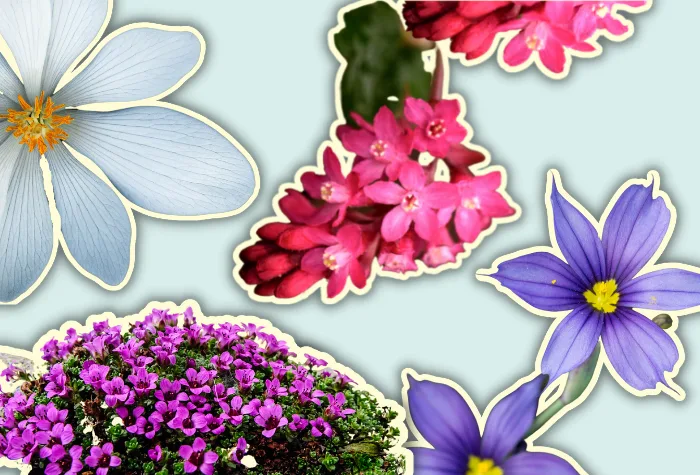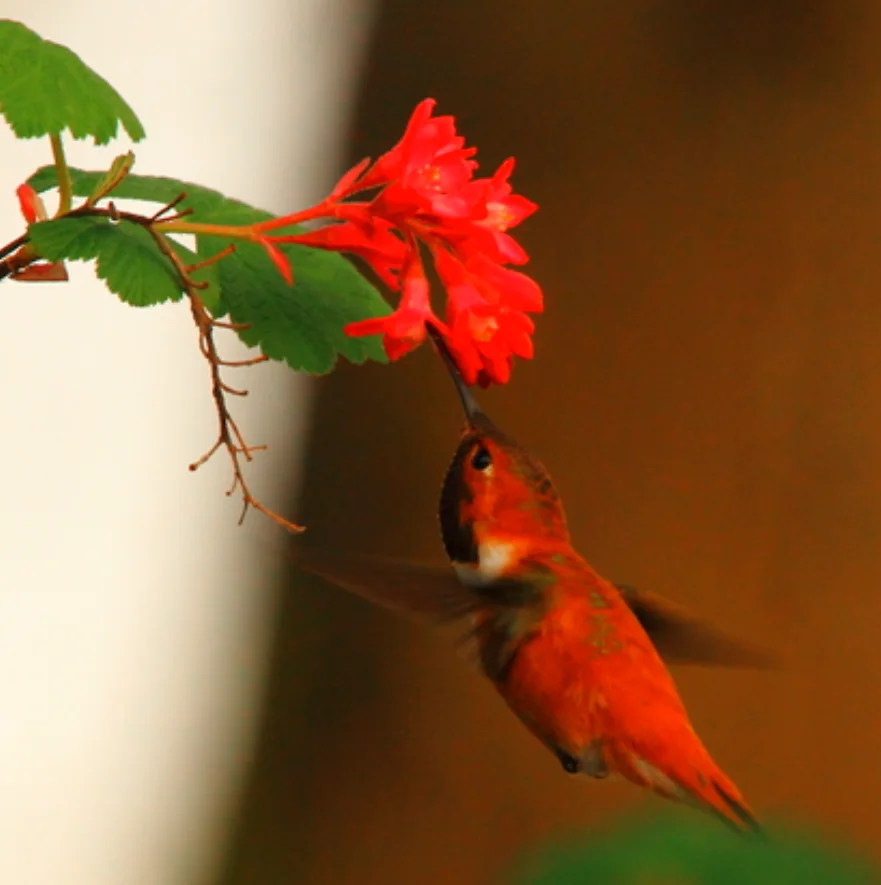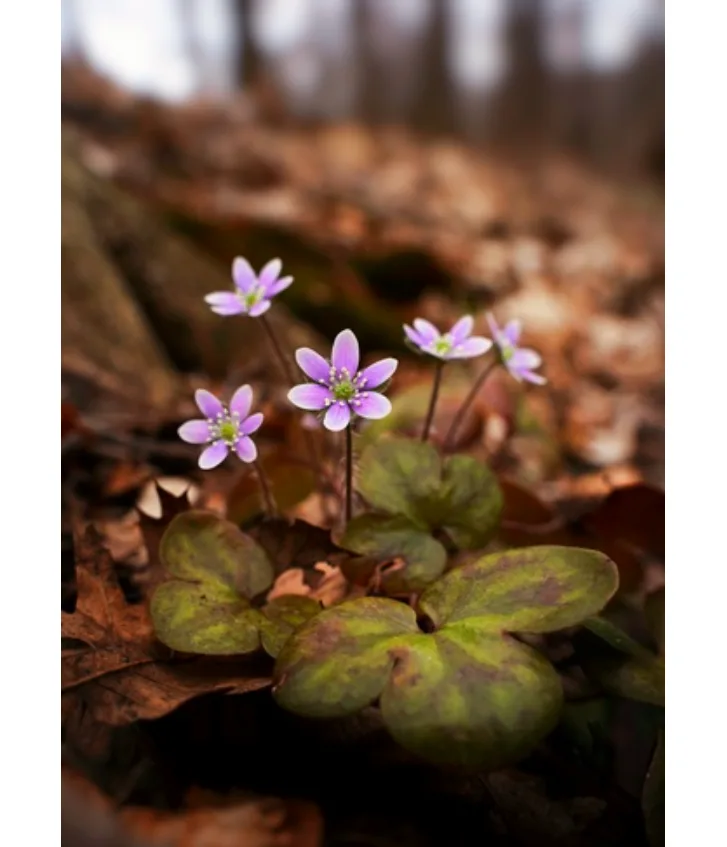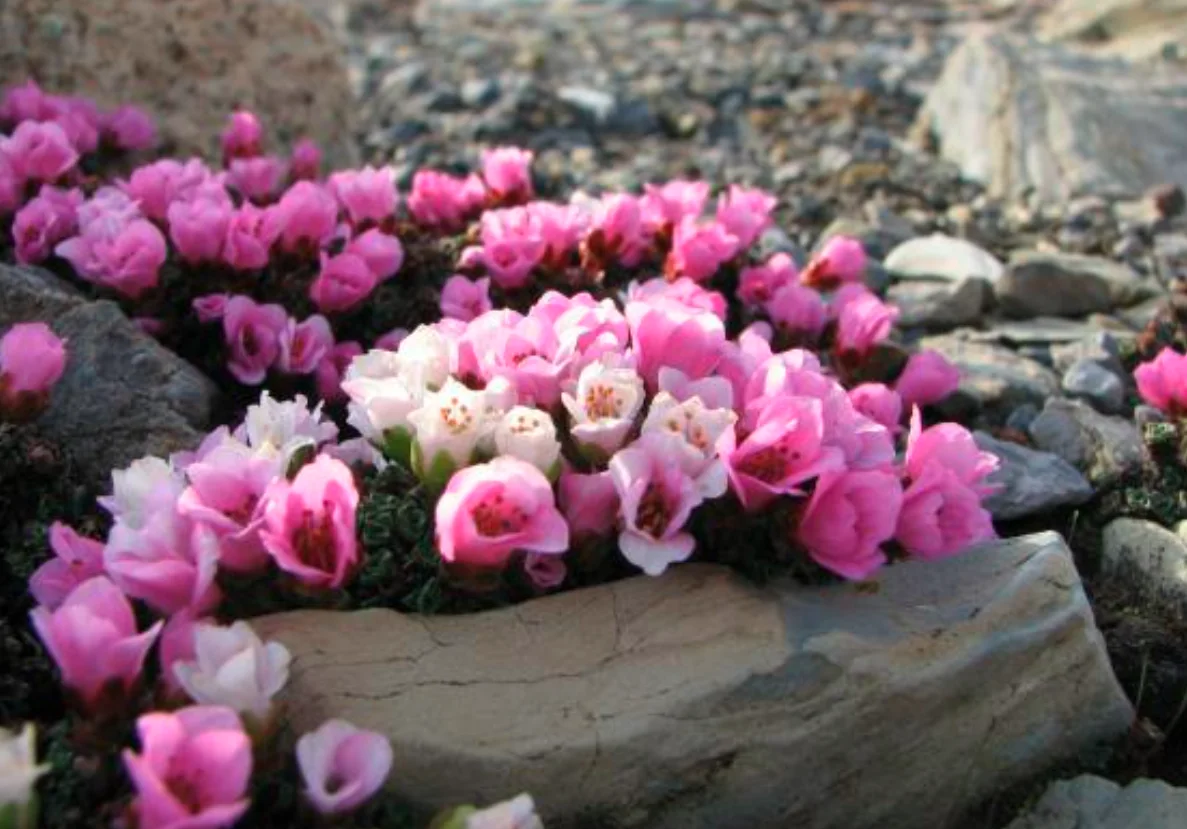
Four spring blooms that will be making an appearance soon
Spring will soon be flourishing with colours!
Believe it or not, winter is coming to an end, and spring blooms are just a few weeks away.
Tulips and daffodils - flowers present in gardens across Canada - are often associated with the start of the season.
Tulips began popping up in Canada around 1945 when the Dutch royal family gifted 100,000 bulbs to Canada to show its appreciation for our assistance and support during WWII.
Daffodils, originally from southern Europe, have been in Canada for centuries, brought here by the first North American settlers.
Visit our Complete Guide to Spring 2023 for an in-depth look at the Spring Forecast, tips to plan for it and much more!
But as the weather warms, tulips and daffodils aren't the only blooms that will begin peaking through the grass - and sometimes, the snow.
Canada is home to several native plant species that flower early in the season.
A little love for native plants
Experts say there are benefits to growing local plants.
Decorating your garden with native plants could replace the need for a bird feeder, and native plants tend to require less upkeep than non-native varieties. Added bonus: they are usually more weather-resistant.
And native plants in your garden translate into more native plants elsewhere in your neighbourhood, thanks to the wind picking up and dispersing seeds.
Here are four early spring blooms that are native to Canada.
1. Bloodroot (Sanguinaria canadensis)

A bloodroot flower. Photo submitted to The Weather Network by Diane Irwin, Napanee, Ontario
When it blooms: April-May Canadian range: Manitoba, Ontario, Quebec, New Brunswick, and Nova Scotia
You can find bloodroot flowers growing in forested, shady areas, often with flowers in full bloom even before the leaves have unfurled. While beautiful and a sure sign of spring, this is one native plant that is best admired from afar. Bloodroot gets its name from the bright red juice contained in its roots. If ingested the juice can be toxic. Bloodroot has, however, been used in traditional medicine, prompting researchers to conduct studies on possible applications for the plant.
2. Flowering currant (Ribes sanguineum var. sanguineum)

A hummingbird snacks on a flowering currant. Photo submitted to The Weather Network by Robert Alexander, Vancouver, B.C.
When it blooms: April-May Canadian range: B.C.
The red flowering currant is a beautiful plant with delicate blooms and it's a big hit with birds. Hummingbirds are one of its biggest fans, relying on the plant as an early-season food source before other greenery has flowered.
RELATED VIDEO: Will a spring snowfall damage your blooms?
3. Round-lobed hepatica (Anemone americana)

Round-lobed hepatica flowers in Fonthill, Ontario. Photo submitted to The Weather Network by Chelsea Marcantonio.
When it blooms: May-June Canadian range: Manitoba, Ontario, Quebec, New Brunswick, Nova Scotia, P.E.I.
This cheery plant thrives in sunny conditions and is often one of the first flowers to take hold. One of its identifying features is fuzzy leaves, an adaptation evolved to help maintain warmth early in the season.
4. Purple mountain saxifrage (Saxifraga oppositifolia)

Purple saxifrage in Banff, Alberta. Photo submitted to The Weather Network by Chuck.
When it blooms: May-August Canadian range: B.C. through to Nova Scotia, Newfoundland and Labrador, Yukon, Northwest Territories, and Nunavut
This cold-resistant plant can usually be found in higher elevations, showing up early in spring and often continuing to bloom through summer if the conditions are right. This bloom serves as the official flower of Nunavut, and it is an important food source for local critters, including the Arctic woolly-bear caterpillar.
Thumbnail: Custom graphic by Cheryl Santa Maria/Canva Pro.










